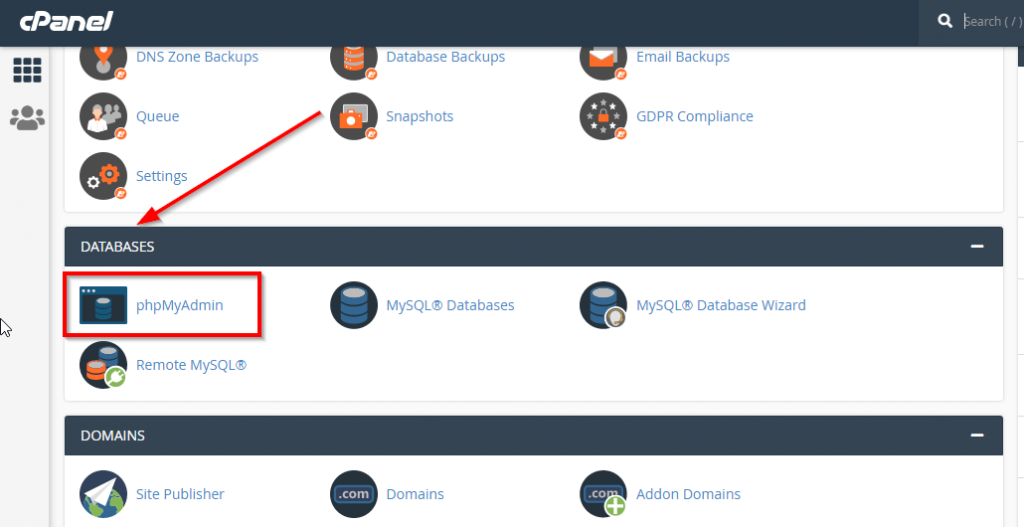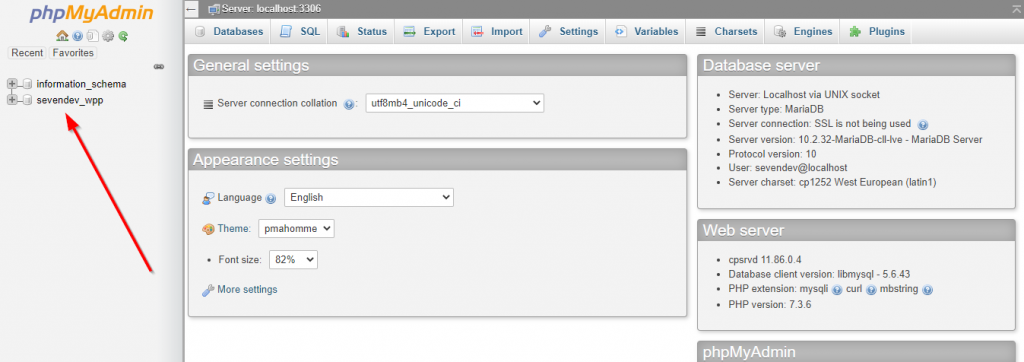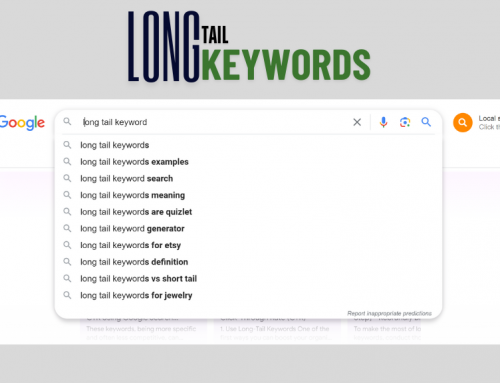WordPress site template can greatly affect visitor engagement. But sometimes there are unwanted problems incompatibility with various plugins and elements that disrupt the performance of the WordPress template and content management system. In such cases, you will not have access to the WordPress counter, and you should change the cluttered template as soon as possible. It was difficult to do this before learning how to change the WordPress template from the database in phpMyAdmin, but thanks to the seven hosts, you have an easy way ahead!
You can change the format of your problem in a short time through the database. In this article, we tried to present this method in a concise but practical way at your service, but most importantly, you must first know the reason for it!
When your website’s traffic volume has increased, you must quickly transfer it to a dedicated server. If you don’t, you will exceed the bandwidth limit usage on the shared server. When the site exceeds the bandwidth usage limit, the hosting service of your hosting account will automatically shut down. bad hosting will definitely hurt your position in the search engine rankings and organic traffic. The further from the top of the search results you are, the less traffic you’ll get.
So do your research and know your business needs before paying for web hosting services.
Types Of Hosting
As you shop around, you’re going to encounter several common types of web hosting:
- Shared hosting is a great low-cost starting point for new websites, but it generally won’t offer the performance you need for a high-traffic site.
- Managed WordPress hosting is not always inherently different from shared hosting at the server level, but it offers a number of WordPress-specific features and optimizations that can help you support higher levels of traffic. These plans are usually rated for an estimated level of monthly traffic.
- Virtual private servers (VPS) offer dedicated server resources without the expense of owning an entire server. These plans can usually support substantially more traffic than shared plans, but they come with strict resource limits.
- Dedicated server packages allow you to rent an entire server that you manage exclusively. With the right specs, a dedicated server can offer solid performance for a high-traffic site, but you’re still bound by the physical limitations of the server itself.
- Cloud hosting uses distributed resources across multiple servers and locations to deliver unparalleled performance and scalability. If you need to keep a high-traffic site running at peak performance through even the biggest traffic spikes, cloud hosting is a great option.
Why do we need to use phpMyAdmin to change the WordPress site template?
Under normal circumstances, changing a WordPress template only takes a few seconds; Go to the Themes section in the WordPress counter and select the desired template. Different templates use jQuery and JavaScript elements for specific functions, which sometimes cause problems with WordPress plugins incompatibility. As a result, it is possible to confuse the site template and make the WordPress counter unavailable, and this is where how to change the WordPress template from the database becomes important. In order to troubleshoot your site, you must first access the WordPress counter. So, choose one of the default WordPress templates for your site and then identify plugin incompatibilities. So, in the first step, try to solve the problem of changing the template through the database in phpMyAdmin.
Experience says that plug-in incompatibilities are more likely to cause this problem, so do it, and don’t worry!
- How to change WordPress template from database in phpMyAdmin
- Since you want to make changes to the database, you must first make a backup. This way, if something goes wrong, you can recover it through phpMyAdmin.
Let’s get started!
Step 1: Access your WordPress site database via phpMyAdmin.
We have explained these processes in detail in the tutorial, we suggest you also read the post on how to manage a database with the phpMyAdmin tool. Briefly, for the first step, enter your C-Panel user interface and click on the link related to phpMyAdmin in the database section:

After entering this section, look for the database related to your WordPress site. If you only host one site, you have only one option. You can see only one database in the image below, so we do not face any particular complexity. This is the first step to successfully changing the WordPress template from the database.
Step 2: Change the WordPress template from the database by finding the template and stylesheet values

As you can see, WordPress stores all the information about your site in a single database. It is your job to discover what that is and to bring it about. After selecting the database, a long list will be displayed to you. Choose potion from all of them:
Then look for the two names template and stylesheet in the visible rows in the middle of the page. We found these two items on the second page of the rows:
Step 3: Activate your desired template.

Now you only need to edit a certain value for these two rows. In fact, you have to enter the name of your desired template in a certain value. Do not forget that if the name is not entered correctly, there will be problems with WordPress and your site will not come up. For example, for the default WordPress 2017 template, you cannot type the Latin phrase Twenty Seventeen and you must enter it in a specific form.
So according to the image below, first, select Edit next to the template row and change the option value to twentyseventeen.

Then click the Go button to apply the changes. Now repeat the same step for the stylesheet row. Finally, you can access the WordPress counter, which is only possible by changing the WordPress template from the database in phpMyAdmin.
We hope this article has also been helpful, we suggest you visit other sections of the host Blog. Finally, if you have a problem in this process, contact us through the comments section or refer to the Seven Host Association. all of the performance features you need for a high-traffic site, and it’s rated #1 in dozens of industry polls.
WordPress can absolutely handle heavy targeted website traffic, and in fact, many of the popular sites you frequent are likely powered by WordPress.
If you choose the right hosting solution and implement the steps outlined above, you should have no problem scaling your site to any level of traffic.
If you have any questions about optimizing WordPress for heavy traffic, please feel free to leave a comment below!





